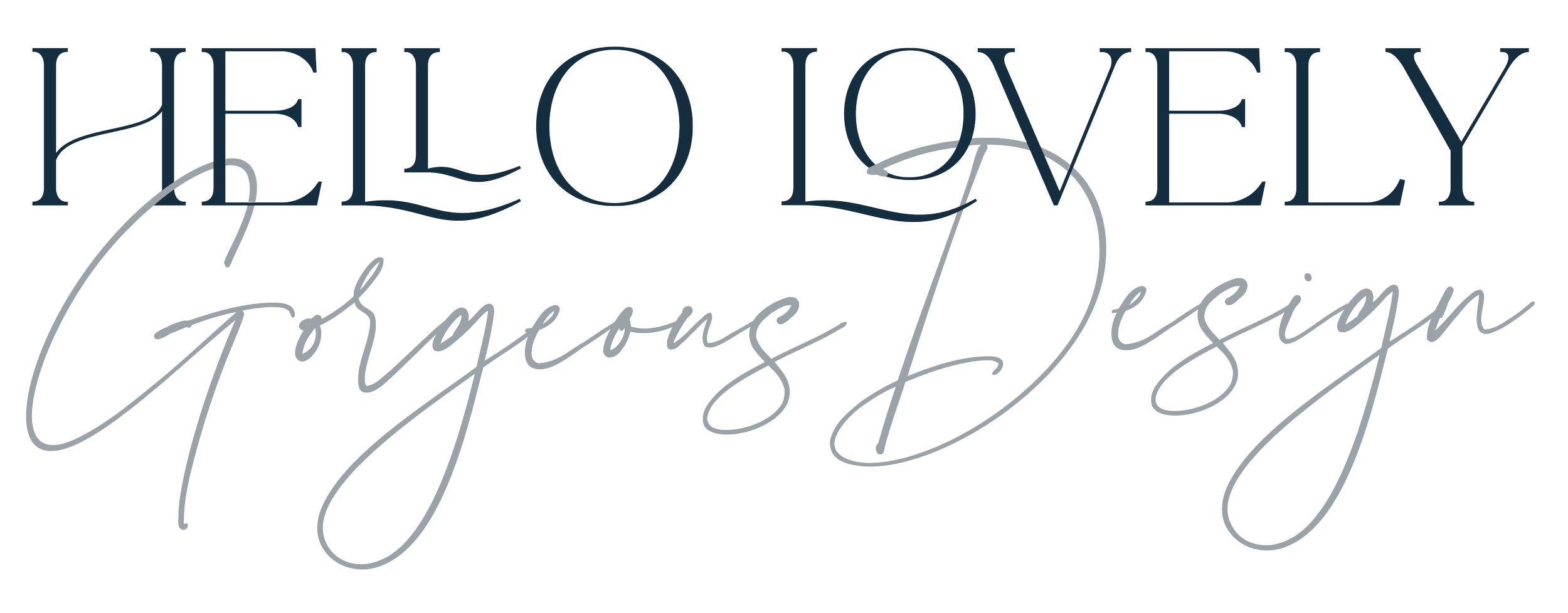What makes a great design collaboration? Setting up for success in ten steps.
When I was first owned by a dog, I was told by our amazing trainer to set yourself (and therefore the dog) up for success. It’s the same with any collaboration - set yourself up for success with your designer (or any supplier) and it’ll be so much easier.
What does make a great collaboration? Here’s ten tips from me. I’d love to hear yours.
A clear brief. Some suppliers will have briefing documents. I have forms appropriate to my services but you can also arrange a call with me and we complete the form together. The brief really is the most important part of any project. If you need more help or time please let me know.
If the brief changes, discuss. Scope creep happens especially when there are several stakeholders and suppliers should know and understand this. Being open about this, means suppliers can offer solutions, costs and review the deadlines. When it becomes the elephant in the room, it can be awkward and break down trust and goodwill.
Feedback in the way that works best. For some clients that’s better by Zoom, and others like to mark-up a PDF or printed page proofs. All work for me, and my contact page has a booking system for catch-ups too if you need to speak face-to-face.
Setting up the budget. My prices are ‘starting from’ on this website. If you have a budget in mind, it’s useful to know before I quote so I can tell you what I do within that cost. If I quote first and you think it’s more than you need, then let’s review.
Payment terms need to agreed before work starts, and honoured. This means that any payment issues are communication to the suppliers, but suppliers need to explain if a task is outside the project terms and may incur extra payment so there’s no surprises on either side.
If it’s not clear, please ask. One of my skills is demystifying design but I’m only human and I may not always be completely clear. One disappointing piece of feedback I had lately was that the person turned down my quote because they didn't understand what ‘concept design’ meant. I wish they had asked. I learned from this and changed the wording from concept to sample. If there’s anything you don’t understand please ask.
Respect boundaries. There might be preferred ways to contact, hours in which that’s appropriate, restrictions over sharing creative work for feedback, on copyright and what constitutes pitch work. Sometimes this is part of the quote or terms.
Trust. Trusting each other to give the best we can. I recognise that handing over a manuscript, website or a brand is a big step too.
Testimonials. It’s great to have one, and I hope rewarding to write. I love to know if I’ve saved my clients time or effort, if their client loved my work… what happened next? Likewise if you’d like feedback from me, then I’m happy to do that too. It’s good to record the success.
Keep in touch. I have a newsletter that I send out each month and you’re welcome to follow me on social media. I’m delighted to say that I’ve kept in touch with all my Hello Lovely clients and value their part in my business and creative story.
Takeaway
Collaborating at the early stages sets up a project for success. Conversation can help achieve the project goals.
Circling back to Molly, I have to trust her too, to know the cues in her body language and she has to trust that I keep her safe. It’s a team thing. And it’s the same with any project, it’s a team effort.
